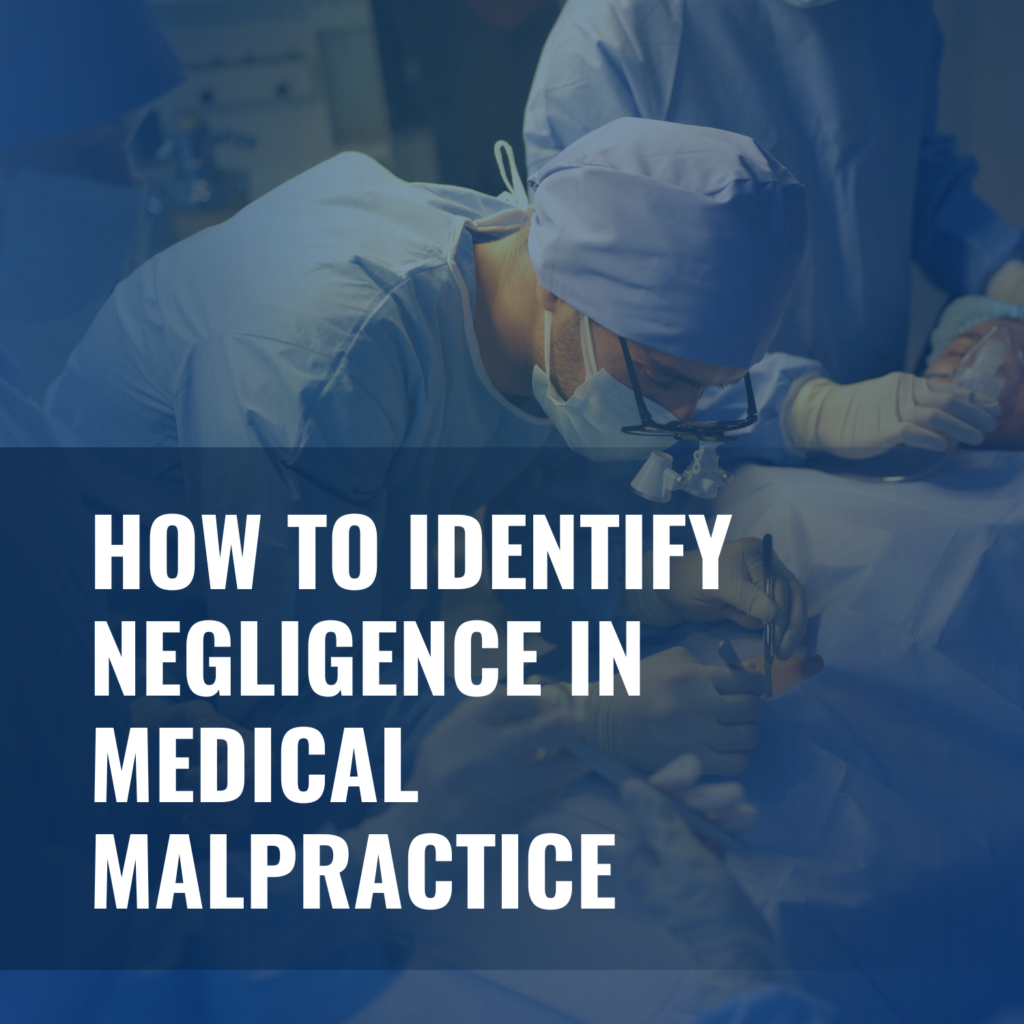Merson Law Review: VOL. III NO. 3 April 26, 2023
Editor in Chief: Steven E. North, Esq.
Case Editor: Emily C. Vaught, Esq.
Contributing Editors: Noah Werksman, paralegal; Shaun Lederman, intern
1. SUMMARY JUDGMENT UNDER CPLR 3211(a)(1) vs CPLR 3212
Davis v. Henry, 2023 N.Y. Slip Op. 00076 (2d Dept. Jan.11, 2023) [linked here]
Background: The plaintiff sought to recover damages for personal injuries as a result of an automobile accident. She alleged that her vehicle was struck by one operated by an individual defendant driver and owned by his defendant employer. The employer moved to dismiss the complaint pursuant to CPLR 3211(a)(1), arguing that documentary evidence—an affidavit—demonstrated that the driver owned the car he was operating and was not in the course of his employment at the time of the accident. The court (Kathy King, J., Supreme Court, Kings County) granted the defendant’s motion.
Holding: The appellate court reversed and denied the employer’s motion to dismiss, holding that an affidavit does not constitute documentary evidence upon which a motion to dismiss under this section can be granted. Quoting the Court’s prior holding in J.A. Lee Elec., Inc. v. City of New York, 119 A.D.3d 652, 653 (2d Dept. 2014) [linked here], the Court reiterated that, “[n]either affidavits, deposition testimony, nor letters are considered documentary evidence within the intendment of CPLR 3211(a)(1).”
Editors’ Notes:
(1) The “documentary evidence” necessary to establish summary judgment pursuant to CPLR 3211(a)(1) is much different than the proof that we are generally accustomed to submitting in connection with summary judgment motions under CPLR 3212. “To be considered ‘documentary,’ evidence must be unambiguous and of undisputed authenticity.” Fontanetta v. John Doe 1, 73 A.D.3d 78, 86 (2d Dept. 2010) [linked here]. The contents of such documentary evidence must be
“essentially undeniable.” Id. at 84-85. Therefore, deposition transcripts and affidavits cannot serve as documentary evidence under which a motion to dismiss under 3211(a)(1) can be granted but they can be submitted to support a CPLR 3212 summary judgment motion.
(2) A good reminder. The Davis Court rejected consideration of additional materials that were submitted for the first time in reply noting that it is improper to consider such materials. Indeed, under New York law, “[t]he function of reply papers is to address arguments made in opposition to the position taken by the movant and not to permit the movant to introduce new arguments in support of, or new grounds for the motion.” Dannasch v. Bifulco, 184 A.D.2d 415, 417 (1st Dept. 1992) [linked here]. However, the rule that documentary evidence cannot be submitted for the first time on reply is not absolute. Indeed, documentary evidence can be submitted for the first time on reply if it is responsive to claims made for the first time in opposition. See e.g. HSBC Bank USA, National Association v. Gordon, 210 A.D.3d 877, 880 (2d Dept. 2022) [linked here] (noting that “exceptions to the rule arise when the evidence submitted is in response to allegations raised for the first time in the opposition papers”).
2. PROXIMATE CAUSE – A BIG DIFFERENCE BETWEEN “A” and “THE”
Moe-Salley v. Ogden, 2023 N.Y. Slip Op 01187 (2d Dept. March 8, 2023) [linked here]
Background: The plaintiff commenced a personal injury action against the owner of the apartment building in which she resided. The plaintiff maintained that her knee buckled as she stepped out of the shower, causing her to lose her balance, that she grabbed a vanity to regain her balance, and that the vanity, which had recently been installed by the building owner, shifted away from the wall, causing her to fall. The defendant owner moved for summary judgment on the grounds that the plaintiff’s slipping, and not the faultily installed vanity, was the proximate cause of her injuries. The court (William Giacomo, J., Supreme Court, Westchester County) granted the defendant’s motion for summary judgment dismissing the complaint.
Holding: The appellate court reversed, holding that the defendant failed to establish that the plaintiff losing her balance was “the sole proximate cause” and that the defendant was “free from fault in the happening of the accident.” Further, the Court held that the defendant failed to eliminate triable issues of fact regarding the vanity and its proximate cause in the plaintiff’s fall.
Editors’ Note: It is important to appreciate that “[t]here can be more than one proximate cause of an accident,” and therefore, a defendant moving for summary judgment must show that it is free from fault. See Gobin v. Delgado, 142 AD3d 1134, 1135 (2d Dept. 2016) [linked here]. Indeed, at trial the jury is instructed to determine whether the defendant’s conduct was a proximate cause of the plaintiff’s injury, not the proximate cause, as there can be multiple proximate causes of the plaintiff’s injury. See NY PJI 2:70 [linked here] (“An act or omission is regarded as a cause of an injury it was a substantial factor in bringing about the injury, that is, if it had such an effect in producing the injury that reasonable people would regard it as a cause of the injury. There may be more than one cause of an injury, but to be substantial, it cannot be slight or trivial. You may, however, decide that a cause is substantial even if you assign a relatively small percentage to it.”).
3. ACT FAST WHEN IMPEACHING A JURY VERDICT – AND DO NOT RELY UPON A POST-TRIAL AFFIDAVIT FROM A JUROR
Suarez v. Ades, 212 A.D.3d 476 (1st Dept. 2023) [linked here]
Background: The plaintiff commenced this trip and fall action to recover damages for personal injuries. After the verdict was rendered in favor of the plaintiff, the plaintiff moved for a new trial on the issue of damages on the grounds that the verdict sheet was unclear and confusing to the jurors. The plaintiff submitted post-trial juror affidavits stating that the jury had miscalculated the damage award by erroneously deducting the amount of plaintiff’s comparative fault. The court (William Perry, J., Supreme Court, New York County) granted the plaintiff’s motion for a new trial on the issue of damages.
Holding: The appellate court reversed and directed judgment in conformity with the verdict sheet. The Court considered that none of the parties, or the trial court, perceived any lack of clarity until after the jury was discharged, and there was no evidence in the trial record of substantial juror confusion. The Court further held that the plaintiff waived his objections by failing to make them until after the jury was discharged. The court further noted that the damage award “did not deviate materially from what would be reasonable compensation.” Moreover, and importantly, the Court noted that “[j]uror affidavits should not be used to impeach a jury verdict absent extraordinary circumstances.” Such extraordinary circumstances were not present here, and therefore, the trial court erred in granting a new trial.
Editor’s Note: It is difficult, upon hearing the jury pronounce an unfavorable verdict, for the attorney to have the presence of mind to properly act upon any discrepancy before the jury is discharged. However, if there appears to be some confusion, it is imperative that an attempt at remedial action be taken prior to the discharge of the jury.
4. SUPREME COURT APPOINTMENT OF THE PUBLIC ADMINISTRATOR TO REPRESENT THE DEFENDANT’S ESTATE
Franco v. Ketterer, 2023 N.Y. Slip Op 00988 (2d Dept. Feb. 22, 2023) [linked here]
Background: The plaintiff commenced an action against the estate of a deceased driver of a vehicle who allegedly caused an accident. An attorney, who was assigned by the decedent’s insurance carrier, moved on behalf of the estate to dismiss the complaint as time barred. The plaintiff cross-moved for the appointment of the Public Administrator to act as temporary administrator to represent the defendant in the action. The court (Robin Sheares, J., Supreme Court, Kings County) granted the defense’s motion to dismiss and, in effect, denied the cross-motion.
Holding: The appellate court reversed. There was no assertion that the moving defense attorney was in fact retained by the decedent’s estate. Counsel stated that he was retained by the insurance company to represent the interests of the decedent. The Court held that the attorney had no authority to represent the estate. The Court further noted that the Supreme Court is a court of general jurisdiction with the power, in its broad discretion, to appoint a temporary administrator, and may do so to avoid delay and prejudice in a pending action. Here, the court should have appointed a temporary administrator to represent the defendant and the matter was referred back to the Supreme Court for that purpose.
Editors’ Note: Generally, a personal representative of an estate is appointed by the Surrogate’s Court and that representative is then substituted in the action to represent the decedent’s estate. See Dieye v Royal Blue Servs., Inc., 104 A.D.3d 724, 725 (2d Dept. 2013) [linked here]; see also 3-1015 Weinstein-Korn-Miller, NY Civ Prac CPLR ¶ 1015.06. However, if no such representative exists, an appropriate appointment may be made by the Supreme Court and that individual may be
substituted in place of the decedent. See Lambert v. Estren, 126 A.D.3d 942, 943 (2d Dept. 2015) [linked here]. Indeed, where the estate for defendant fails to timely seek the appointment of a representative on behalf of the estate, any party to the action can so move. See CPLR 1021 [linked here] (“A motion for substitution may be made by the successors or representatives of a party or by any party.”).
5. ADDING A NEW DEFENDANT AFTER THE STATUTE OF LIMITATIONS HAS EXPIRED
Sanders v. Guida, 2023 NY Slip Op 00455 (2d Dept. February 1, 2023) [linked here]
Background: In this medical malpractice and wrongful death action, the plaintiffs sought to amend the complaint to add two defendants, despite the statute of limitations having expired. Specifically, the plaintiffs sought to add two physicians’ assistants who were identified as apparently culpable during a defendant doctor’s deposition. These two additional defendants were formerly employed by the medical partnership but not by the individual defendant doctors that
were sued.1 The court (Joseph Farneti, J., Supreme Court, Suffolk County) granted the plaintiffs motion to amend, pursuant to CPLR 3025(b).
Holding: The appellate court reversed, holding that the untimely added defendants were not subject to the relation-back doctrine. The Court reasoned that (1) the defenses available to the two new defendants were not identical to those of the original defendants, (2) their interests were not united because they were not vicariously liable for the acts of each other, and (3) the new defendants did not or could not have known that for a mistake by the plaintiff as to the identity of
the proper parties, the action would have commenced against them. Thus, the Court reversed and dismissed the amended complaint.
Editors’ Note(s):
(1) A party can be added to a case after the statute of limitations has expired, under the relation-back doctrine. To establish the applicability of the relation-back doctrine, the plaintiff must demonstrate that: (1) both claims arose out of same conduct, transaction or occurrence, (2) the new party is ‘united in interest’ with the original defendant, and by reason of that relationship can be charged with such notice of the institution of the action that he will not be prejudiced in maintaining his defense on the merits and (3) the new party knew or should have known that, but for an excusable mistake by plaintiff as to the identity of the proper parties, the action would have been brought against him as well. See Buran v. Coupal, 87 N.Y.2d 173 (1995) [linked here].
(2) Sanders v. Guida is a good example of the importance of identifying and naming all potential culpable parties before the statute of limitations expires. As Sanders demonstrates, not all parties who appear to be united in interest will be subject to the relation-back doctrine. When practicable, depositions should be conducted within the statute of limitations so that if new potential defendants are discovered, a supplemental action can be commenced (and ultimately joined with the existing action) without the need to rely upon the relation-back doctrine which can be difficult to establish.
(3) When the identity of a potential defendant is unknown, it is important to name them as a “Jane Doe” or “John Doe” defendant. CPLR §1024 allows for suit to be brought against an unknown party by designating so much of his name and identity as is known. Indeed, pursuant to CPLR §1024 [linked here]:
A party who is ignorant, in whole or in part, of the name or identity of a person who may properly be made a party, may proceed against such person as an unknown party by designating so much of his name and identity as is known. If the name or remainder of the name becomes known all subsequent proceedings shall be taken under the true name and all prior proceedings shall be deemed amended accordingly.
This is important because “when an originally-named defendant and an unknown ‘Jane Doe’ [or ‘John Doe’] party are united in interest, i.e. employer and employee, the later-identified party may, in some instances, be added to the suit after the statute of limitations has expired pursuant to the ‘relation-back’ doctrine of CPLR 203(f), based upon postlimitations disclosure of the unknown party’s identity.” Holmes v. City of New York, 132 A.D.3d 952, 953 (2d Dept. 2015) [linked here] (quoting Bumpus v. New York City Tr. Auth., 66 A.D.3d 26 (2d Dept. 2009)) [linked here].
1It is unclear whether the partnership itself was sued and whether the physicians’ assistants had additional insurance coverage.








